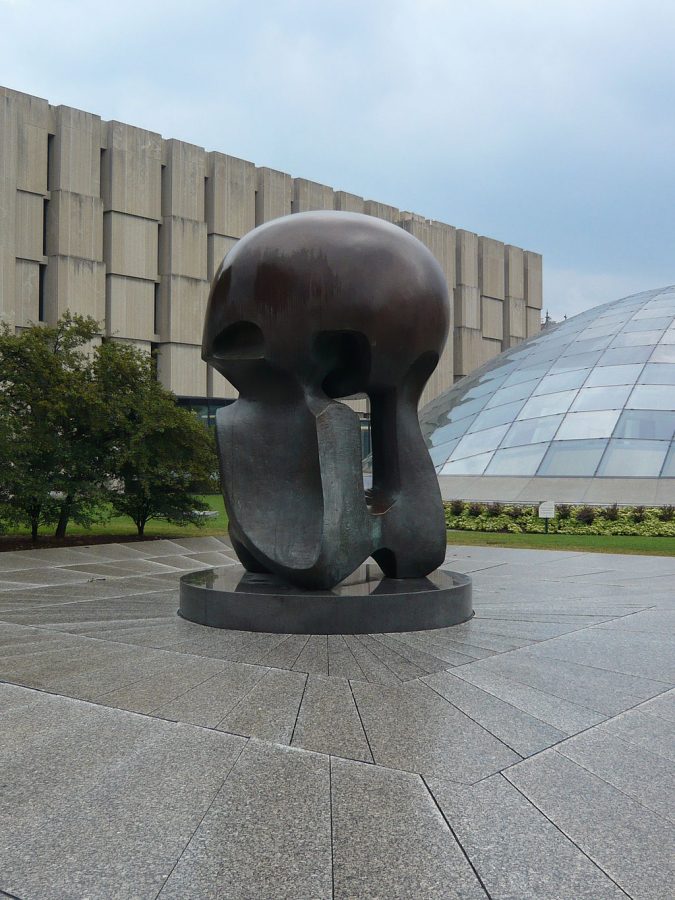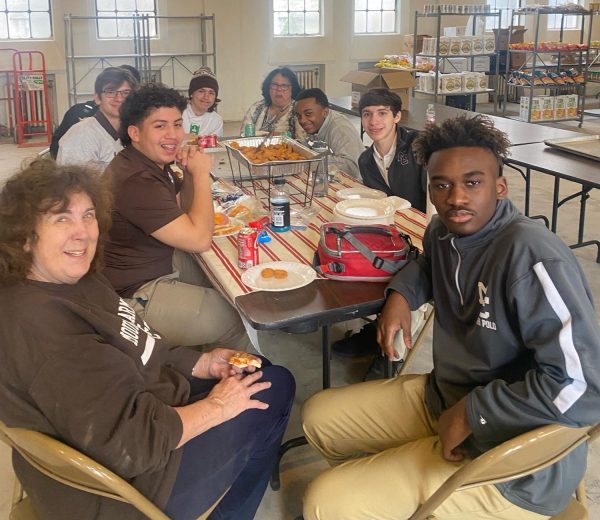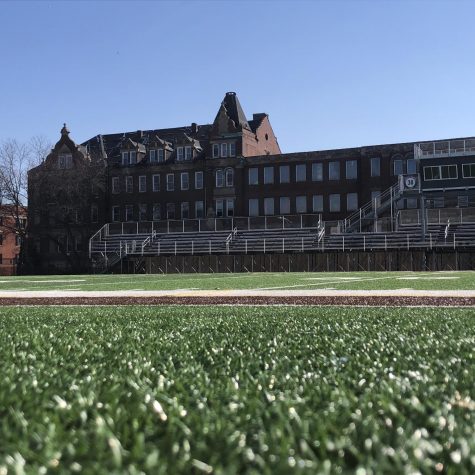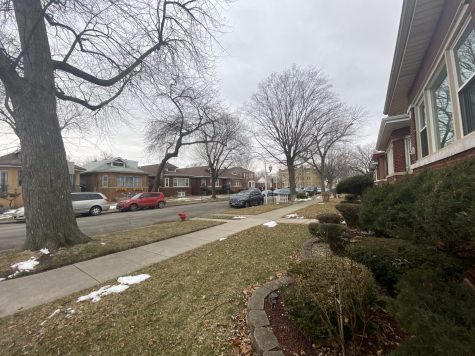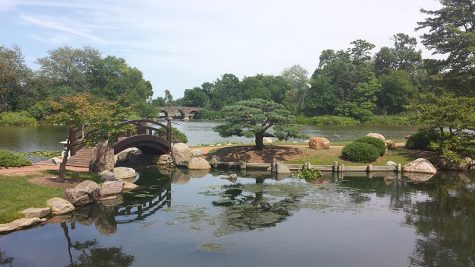Nearby sculpture marks historic achievement
“Nuclear Energy,” a sculpture by Henry Moore on the campus of the University of Chicago, commemorates the world’s first controlled nuclear reaction. (Photo via Wikimedia Commons under Creative Commons license)
Mount Carmel students travelling through the neighborhood may have encountered the Nuclear Energy sculpture by Henry Moore that occupies the place at the intersection of Ellis Avenue and 57th Street adjacent to The Mansueto library.
That sculpture commemorates an event that occurred on December 2, 1942, when the first regulated, self-sustaining nuclear chain reaction was engineered by Enrico Fermi and his colleagues on the campus of the University of Chicago, just west of Mount Carmel. The initial chain response was too feeble to power even a single light bulb. However, many have noted that this initial reaction transformed the world, leading to advance in a variety of fields including physics, chemistry, interdisciplinary science, policy study, and nuclear medicine.
Those present at the historic event in 1942 sensed how influential their work would be, as the project marked the beginning of the atomic age. Fermi and others went on to work with the US government in the Manhattan Project, which led to the development of the atomic bomb.
Fermi Laboratory, named after Enrico Fermi and located just outside Batavia, Illinois, is a United States Department of Energy national laboratory specializing in high-energy particle physics.
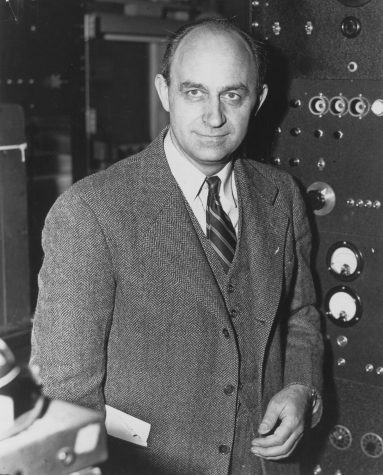

Artem Massey is beginning his senior year and looking forward to attending college.
Massey was born in Paris, France, and grew up in Moscow, Russia....

